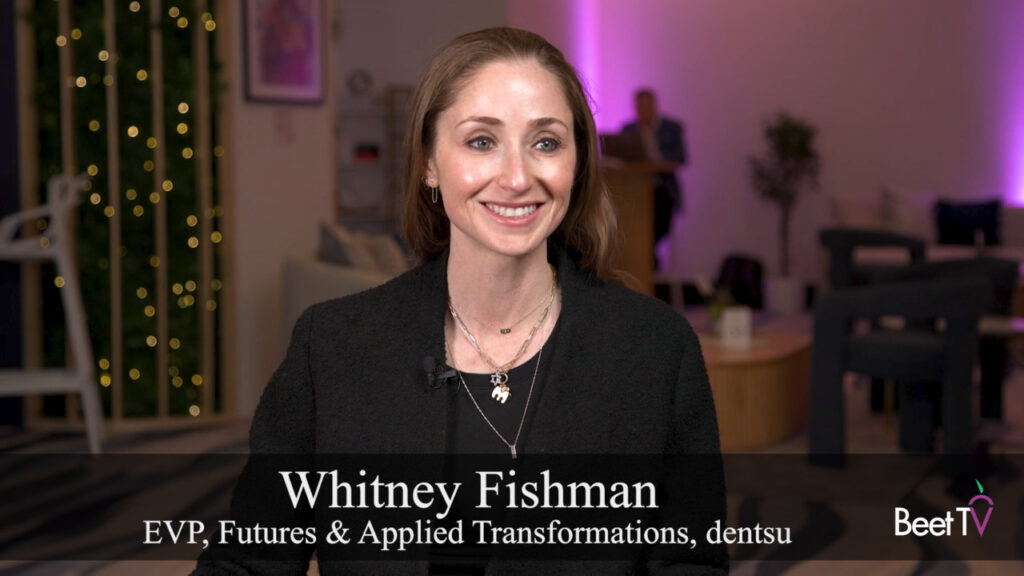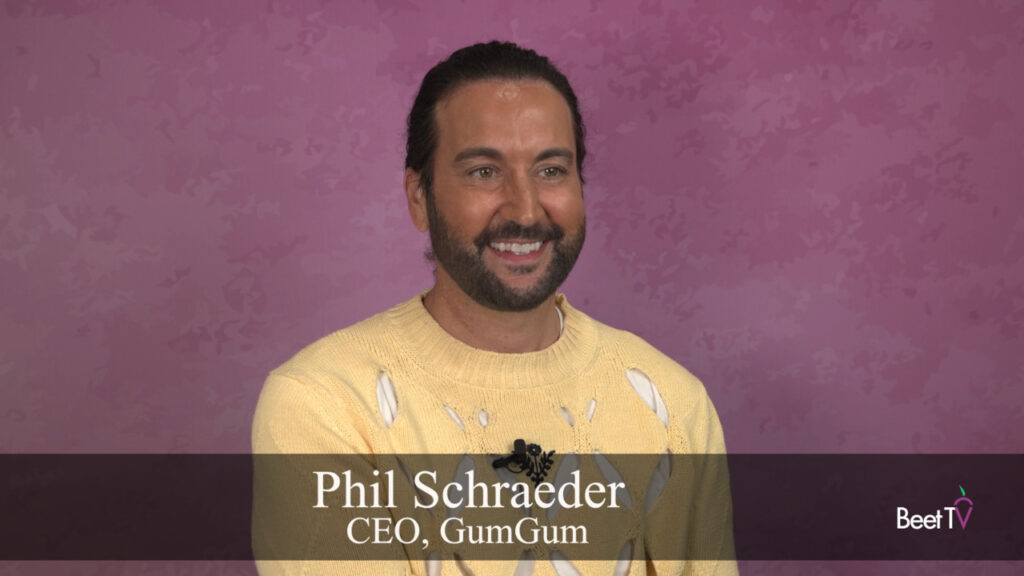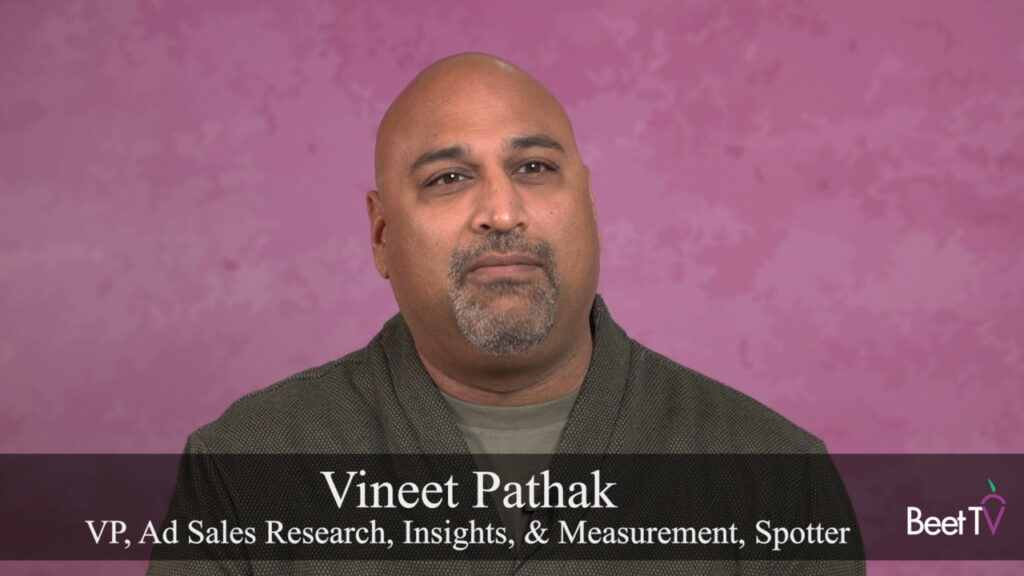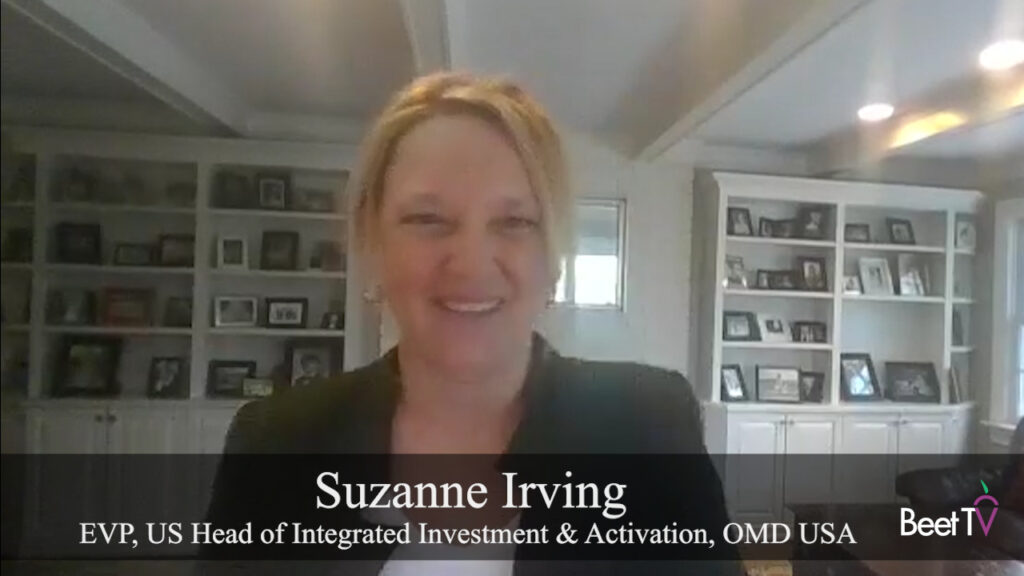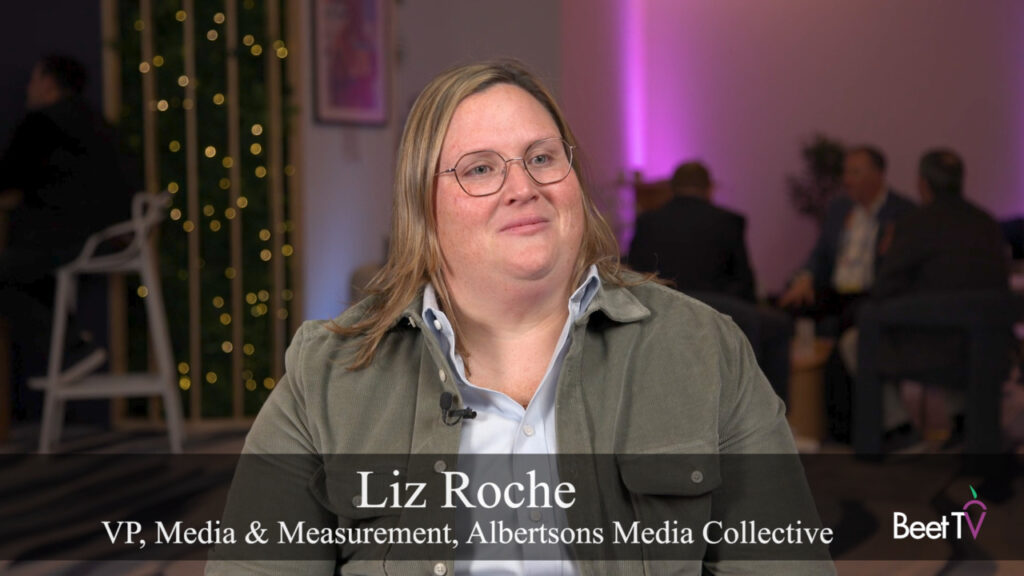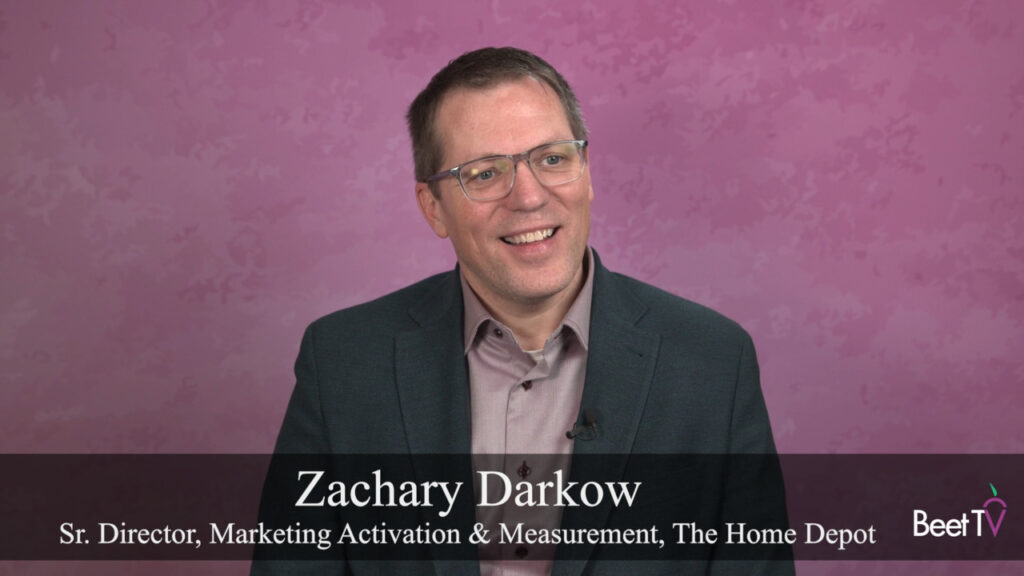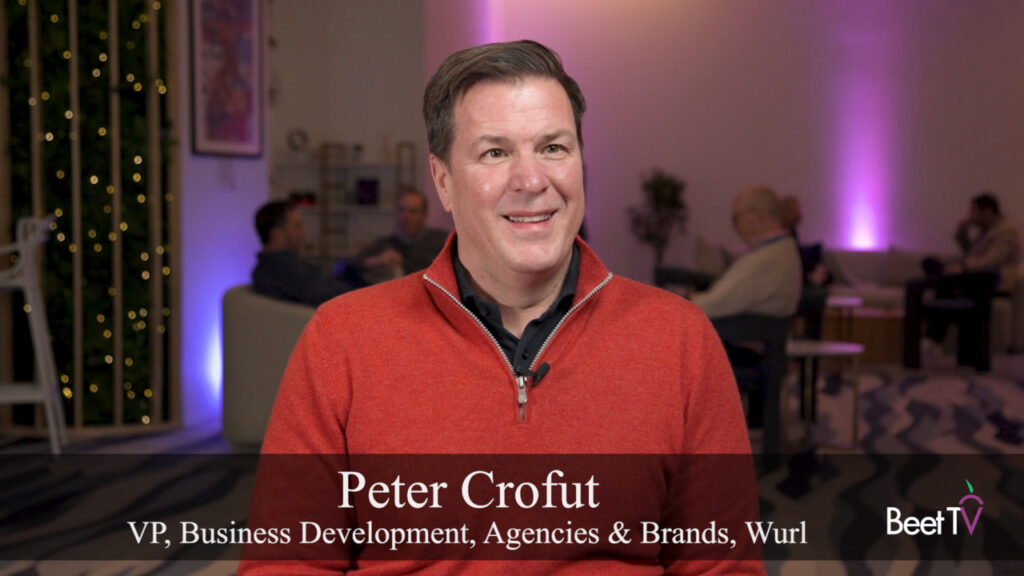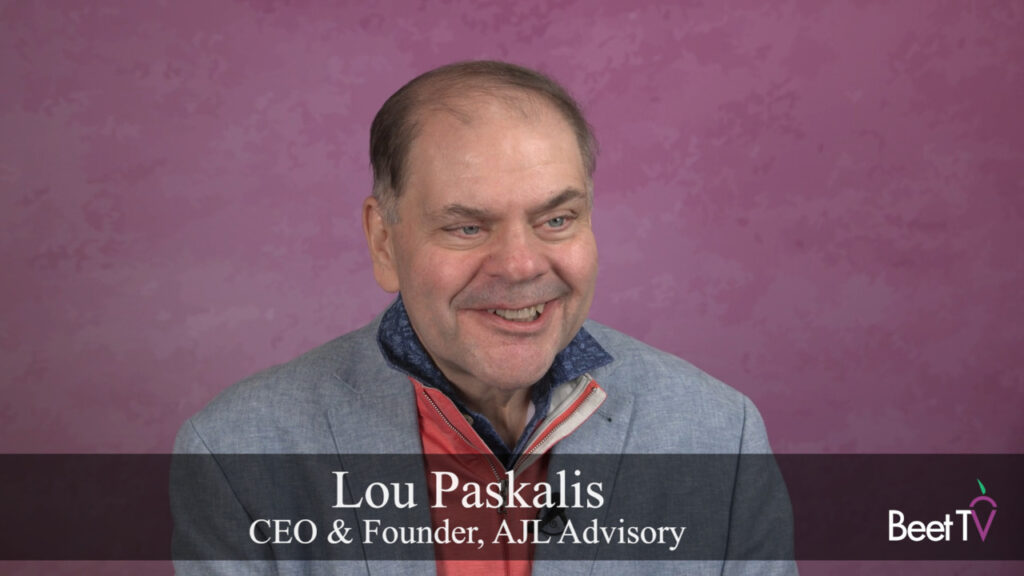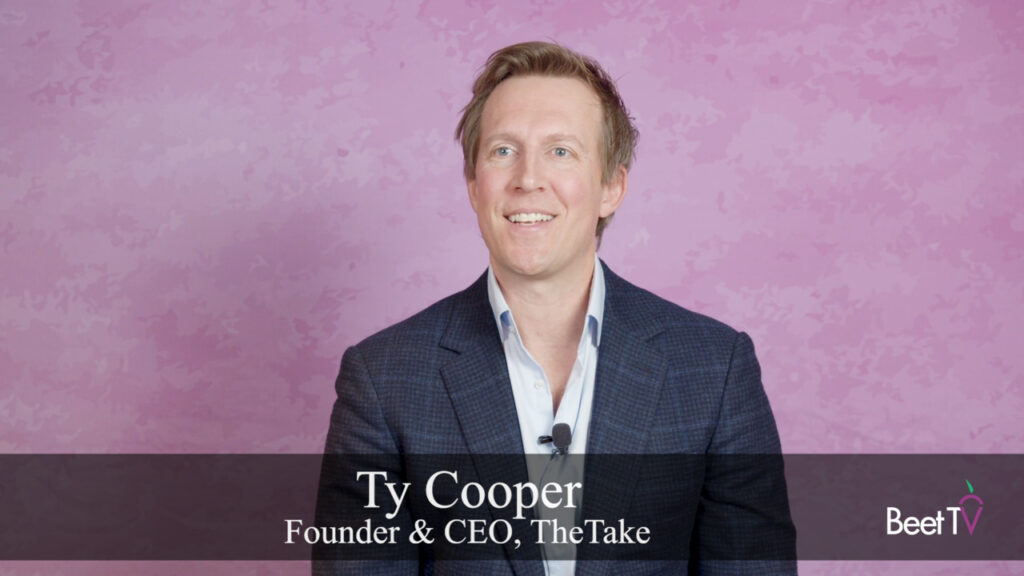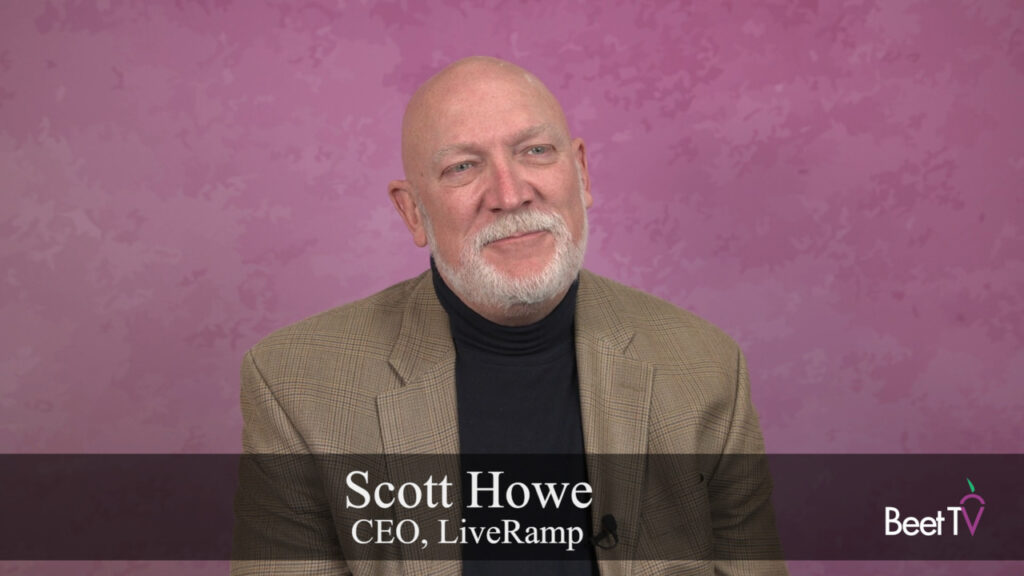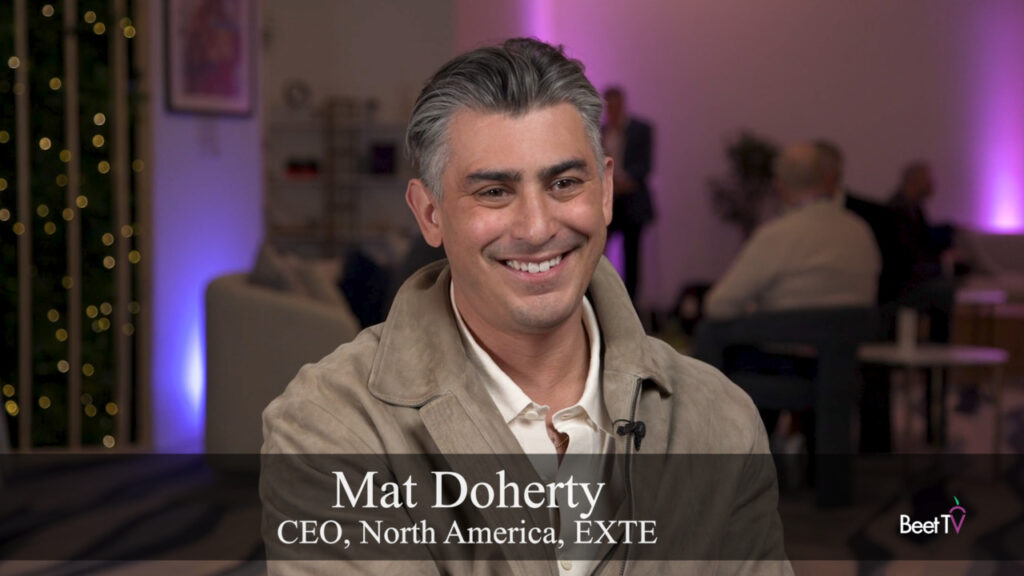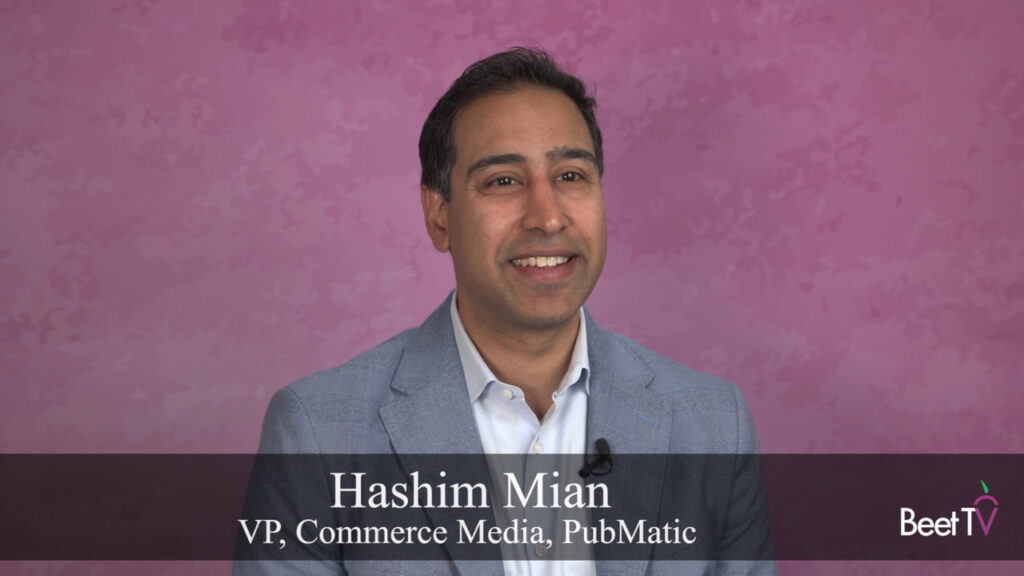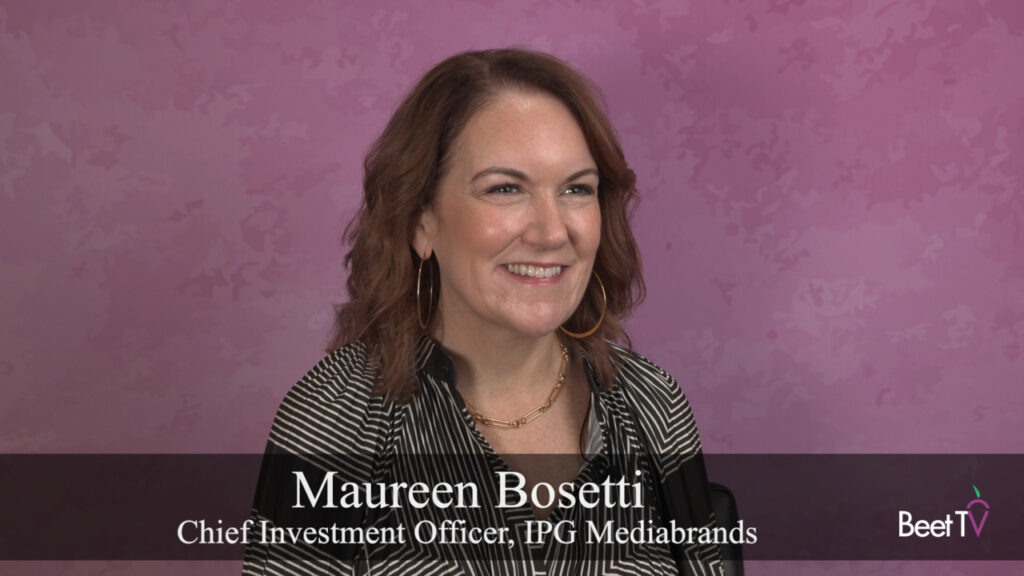While converged television and video advertising software provider Videology started on the demand-side of the ad business, it’s also had good traction on the supply side. Now it wants to be the unifying factor in making advanced TV the most effective and efficient it can be for both sides of the table.
“What we’re trying to do is effectively create that unified platform,” says Chairman & CEO Scott Ferber. In this interview with Beet.TV, Ferber explains the genesis of Videology’s position in the marketplace and how it’s “pushing hard against the convergence of linear and digital video.”
The state of advanced TV will be one of several stops that will be front and center at the annual DMEXCO advertising and media trade show on Sept. 13 and 14 in Cologne, Germany.
Videology made its initial impact on the demand side. “The simple reason is the demand side needed to move first on trying to go after audiences because of the business model challenges the agencies were facing earlier,” Ferber explains.
Given the impact of video consumption fragmentation on platforms and devices, “the media companies need to get involved and figure out how to sell their audiences in a way that the demand side wants to buy,” he adds.
Alternatively, says Ferber, “you could have someone like a Facebook or Google be a unified platform. But we think that the opportunity to offer a platform for everyone other than Facebook and Google is the big opportunity that Videology has.”
The company recently expanded its footprint in the connected-TV realm via its integration with Tru Optik, under which advertisers to use Videology’s platform to send targeted one-to-household messaging—based on hundreds of third-party data segments or their first-party data segments—to nearly 100 million households.
Digital and linear are not the easiest of bedfellows to try to unite, given issues like integration and commonality. “When you use something like in-market automotive intender, one data provider could have 50 different ways of describing that,” says Ferber. “So we need to figure out ways to make that a common term that people can buy, sell and measure against so that the industry can actually conduct business.”
Like the expansion of digital video alone, convergence occurs at a different pace around the world depending on the market. Ferber cites the U.K., Australia, Canada “to a certain degree” and the U.S. as the most advanced markets. “The top 10 TV markets is where the opportunity will be, but it will take three to five years for that to happen.”
This segment is part of The Road to DMEXCO, our lead-up series presented by NBCUniversal. For more videos, please visit this page.






